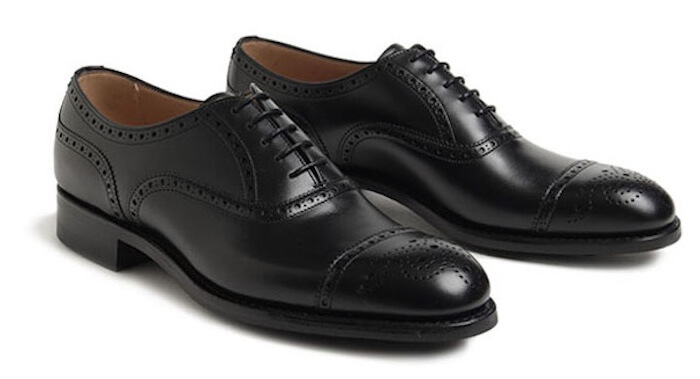
CHEANEY is a leather shoe brand that has been dramatically gaining recognition in Japan over the past few years. Not only their own original models, but also special order models from select stores are very common. This time, we focus on the talented brand “Cheaney” from Northampton, England, and introduce its charm and standard models!
Suponsered by
Cheyney is a venerable, long-established leather shoe brand with modern English footwear!
Cheyney is a long-established British shoe manufacturer, and although it has been a part of Church and Prada in its more than 100-year history, it is now developing high-quality products as an independent brand. The brand is recognized by many manufacturers and select stores for its high level of technology, and its strength lies in the fact that approximately 40% of its products are produced by other companies on an OEM basis. The brand is supplied to famous apparel brands around the world, and also produces special order models for popular select stores such as BEAMS, TOMORROWLAND, UNITED ARROWS, and EDIFICE in Japan. The company’s own-brand models are also creative and have attracted attention for their craftsmanship that skillfully incorporates trends while maintaining classic British elements.
For details and purchase, click here.
Cheyney is a pioneer brand of “integrated production of leather shoes by skilled craftsmen”!
Cheyney was born in 1886 in Northampton, England. It started when Joseph Cheaney, who worked as a factory manager for shoe manufacturer B. Riley, founded ” J. Cheaney, Boot & Shoemakers. Northampton is known as the holy land of English leather shoes, but until the 17th century, there were no factories in Northampton. It was not until the late 19th century that an organized system of shoe production was established in one place, and many shoe manufacturers were born during this period. Unlike today, Cheyney at the time of its founding also manufactured shoes at a separate location in the garden of the family home, where each step of the manufacturing process was carried out separately. After completion, they were collected and shipped to a collection point, but only supplied to a very close area. Like many manufacturers, Cheaney reviewed its production system to meet growing demand and moved its production plant to its current location in 1896. This enabled the company to establish an integrated production system from leather cutting to sewing and finishing processes, and it grew to become one of the leading shoe manufacturers in the UK.
For details and purchase, click here.
Original brand “Cheeny” was born by utilizing the know-how cultivated by manufacturing leather shoes on consignment for other brands.
In 1890, Aether Cheaney, the founder’s eldest son, and Harold Cheaney, his second son, joined the company in 1903.” The brand name “J. Cheaney & Sons,” meaning “Joseph Cheaney and his sons,” was born. During World War I, the company manufactured approximately 2,500 pairs of boots and shoes per week. During World War II, the founder’s grandson Dick Cheaney (Dick Cheaney) expanded the company’s overseas supply and established a firm position as a shoe manufacturer. In 1966, the company received the Queen’s Award in recognition of its export capabilities.
Click here for details and purchase
Cheaney did not produce shoes under its own brand until the mid-1960s, working with famous British and American brands. The first original product was introduced in 1967, and since then the company has established two main lines of business: own-brand shoes and OEM production.
Cheeny has been acquired by Church and Prada in the past.
In 1964, Cheyney was acquired by Church’s, and for a long time belonged to the same group. 1999 saw the acquisition of Church’s by Prada, which brought Cheyney under the Prada umbrella. However, in 2009, Cheeny was spun off as its own company by Jonathan Church, the founding father of Church, and his cousin William Church. Today, the company has grown to employ more than 200 people and is on its own path as a factory manufacturer. The company has developed sophisticated leather shoes that meet the needs of the times while inheriting the traditional manufacturing techniques of the company’s early days.
Click here for details and to purchase
Cheeny’s leather shoe manufacturing process takes 160 steps over 8 weeks.
Cheyney conducts all processes from cutting to final polishing at its own factory in Northampton, and maintains its “Made in England” policy. Shoes made by the traditional English Goodyear welt method are durable and become more comfortable the longer they are worn. The upper and insole are not sewn directly to the outsole, but are joined by a single piece of leather called a welt, making it easy to replace the sole. These products are a good example of the British lifestyle of taking good things and using them carefully for a long time.
It takes eight weeks to make one pair of shoes. Highly skilled craftsmen complete each pair of shoes through more than 160 processes. The appeal of the Cheyney brand is that it values the rustic atmosphere and traditions typical of the English, while at the same time challenging itself to create new styles. While preserving the long-accumulated skills and attitude toward craftsmanship, the brand creates shoes that fit the times, rather than simply reissuing the many archives it owns.
Cheeny’s leather shoe material is soft and shiny
The uppers of Chiney’s leather shoes are made of calf leather from ” Winheimer, ” a German tannery that produces high-quality calf leather. Winheimer manufactures by inheriting the traditional techniques of the famous tannery ” Karl Freudenberg,” which once worked with box calf for 150 years. The raw hides are carefully selected only from the Alpine region, which is known for its high-quality calf leather. It is characterized by its softness and subdued luster, and the more you use it, the more comfortable it becomes.
Variety of lasts used for Cheeny’s leather shoes
With its long history, Cheeny is a shoe manufacturer that owns a wide variety of lasts. The company offers a wide range of variations, from classic to contemporary, depending on the model.
LAST 125
This last was developed in 2011 to commemorate the 125th anniversary of the company’s founding. It is made with the feet of modern people, including Japanese people, in mind, and uses a narrower foot width than previous models. Furthermore, by making the heel portion smaller, the fit is improved. While incorporating a smart look, the balanced round toe retains a classic feel.
Click here for details and purchase
LAST 6184
The classic ” 6184 ” last was developed in 1974. It was the wooden pattern used for ‘ Royal Tweed,’ a line produced by Cheyney for the U.S. market. It features a naturally rounded, well-balanced, universal semi-square toe silhouette. It is the royal style of good old English shoes and creates a dressy atmosphere.
Click here for details and purchase
LAST 11028
This last was developed in 2010 and is used in the City Collection, which is highly supported in the business scene. It is slightly wider than the standard 125 last and has a longer nose and round toe than the 1886 last, giving it a modern and dressy impression. Therefore, this last easily fits the foot shape of Japanese people, who are said to have wide feet and a high instep. The smaller heel cup also makes it easier to fit Japanese people’s feet.
Click here for details and purchase
LAST 1886
This last was produced in 1996 to commemorate the 100th anniversary of the current factory. The name of the wooden pattern is “1886,” the year of Chiney’s founding. It features an exquisite nose that is neither too long nor too short, and a rounded toe in the traditional English round shape. The slightly roomy ball joint is easy to fit wide Japanese feet. In addition, the foot is supported by a narrower fitting at the foot of the shoe.
Click here for details and purchase
LAST 4436
This last has a long history, having been supplied to the British military, and was produced in 1969, the earliest of Cheyney’s current products. It is also called “military last” in the U.K. It has a rounded and somewhat rugged form, but gives the shoe a somewhat charming look. Models that use this last are characterized by being soleed using the ” welted shohn method. This is a very elaborate manufacturing process that requires skilled craftsmen and specialized machines, so only 24 pairs can be produced per week.
Click here for details and purchase
LAST 12508
This last was produced in 2009, when Chigny became independent from Prada. This wooden last is known as a best-seller not only in the U.K. but also in Italy, France, Germany, Belgium, and other countries around the world. It features a voluminous yet well-balanced form. The short nose and wide-width, chunky look of this last is representative of country shoes. It has a truly British country appearance with its large, stable heel cup and voluminous toe shape.
Click here to learn more and purchase
What is Cheeny’s top-of-the-line ” Imperial Collection “?
The “Imperial Collection,” Cheyney’s top-of-the-line line, was created in 2010 under the leadership of William and Jonathan Church, who took over as Cheyney’s top executives in 2009. The materials, comfort, and design are superb, as are the high-class shoes. In addition, the outsole uses designs such as fiddleback and beveled waist. These techniques are often used for bispoke shoes, and are rarely seen in ready-to-wear shoes. The Imperial Collection is not widely distributed in Japan, but it is a series that leather shoe lovers should pay attention to.
Introduction of Cheaney’s leather shoes
CHEANEY “Internal straight tip ALFRED
Cap toe shoes can be used for formal occasions. ALFRED uses the standard last model ” 125 “, which has a classic round toe and a sophisticated finish. The nose is not too short, while still maintaining a relaxed appearance, creating an exquisite balance.
For details and purchase, click here.
CHEANEY “Semi-brogue WILFRED
This semi-brogue uses the standard last ” 125 “. The medallion and broguing show Cheyney’s meticulous decorative techniques. Combined with the traditional Goodyear welt design, the shoes have a stately British atmosphere.
Click here for details and purchase
CHEANEY “Single Monk Strap WALTER
Single monk strap with plain toe. The “6184” last, which has been used in Cheenie shoes for a long time, is used to keep up with recent trends that are drawing attention to classic English shoes. The simple yet high quality box calf gives this pair a strong presence.
Click here for details and purchase
CHEANEY “Plain Toe ALDERTON
The new collection of external-blade plain toe made of English cordovan. The upper is made of cordovan from the Clayton Company, known among British connoisseurs as the tannery of bridle leather, to achieve a high level of durability. Compared to other cordovan, it has a unique luster that is a little matte. The leather is produced with an emphasis on tanning strength, so the way it wrinkles with wear is unique, and the more you wear it, the more you will enjoy wearing this gem.
Click here for details and purchase
CHEANEY “Chukka Boots
These chukka boots use the ” 1886 ” last, which was also used in the Signature Collection about 30 years ago. This pair is characterized by a more classical look among the Cheenie models. The sole is a double sole that can be worn tough, and the storm welt specification serves as a dustproof effect and a design element. In addition, the outsole has a grippy Dynaite sole, so it can also be worn on rainy surfaces.
CHEANEY “Plain Toe STOUR
These derby shoes use the ” 12508 ” last used in the country line. Grained leather is used for the upper, giving them a luxurious feel. The main sole is a heavy command sole, which is useful for a wide range of purposes from town use to a little outdoor activity.

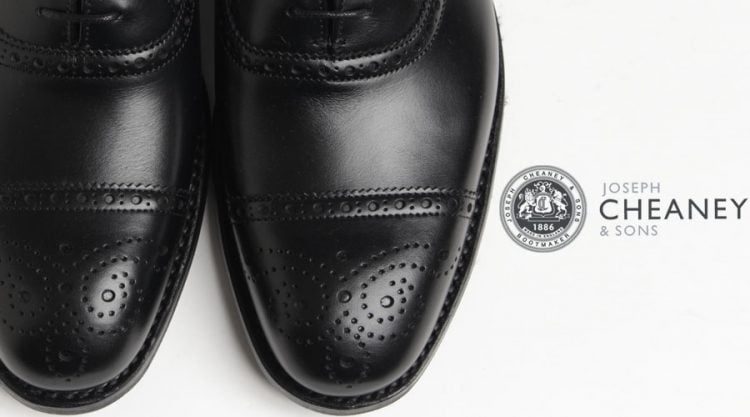
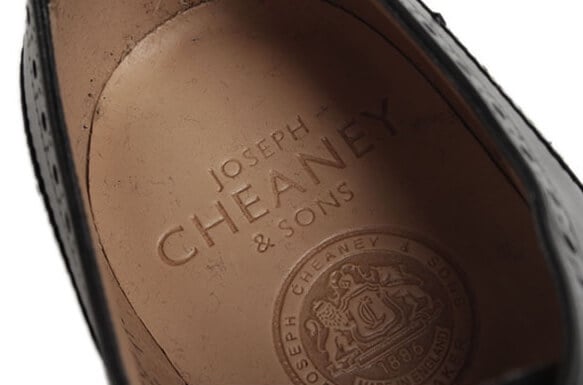
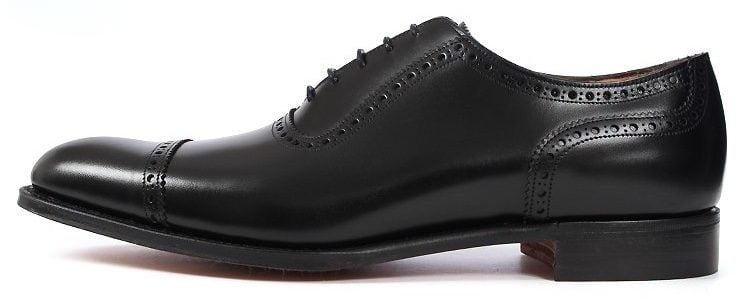
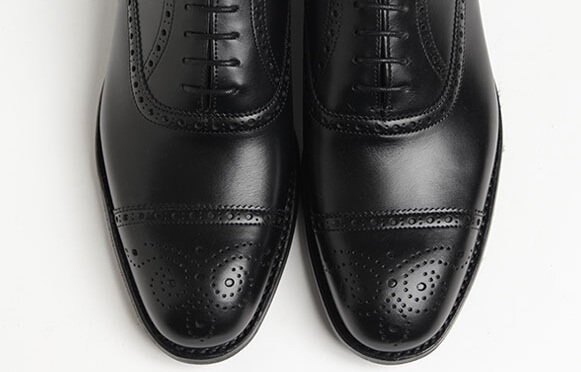

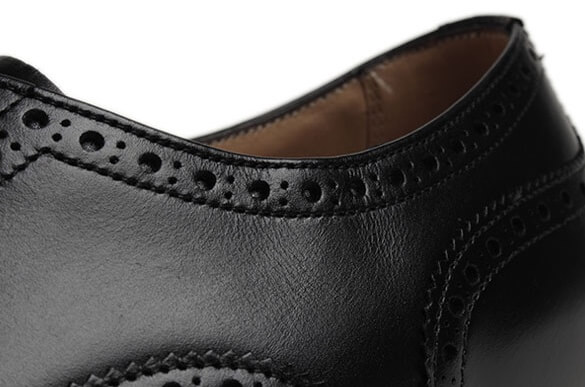
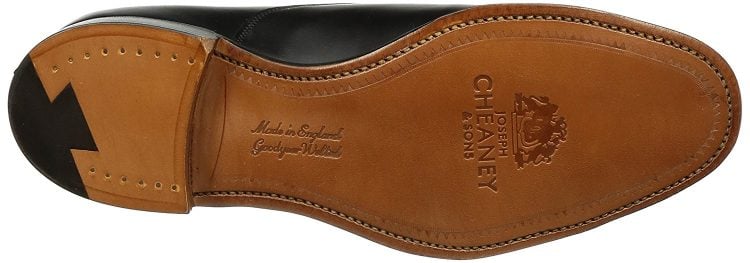
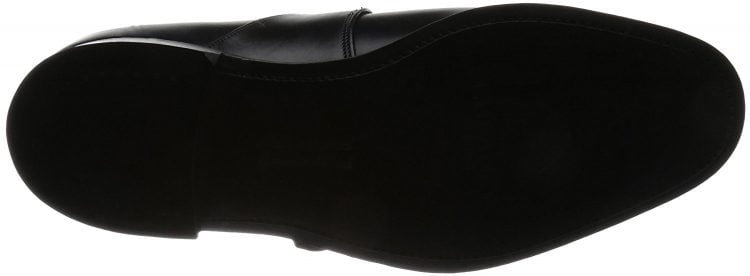

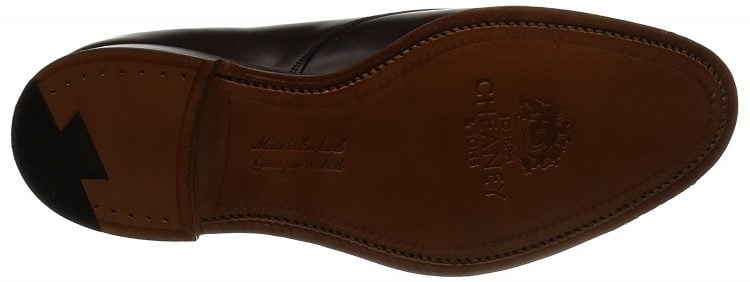
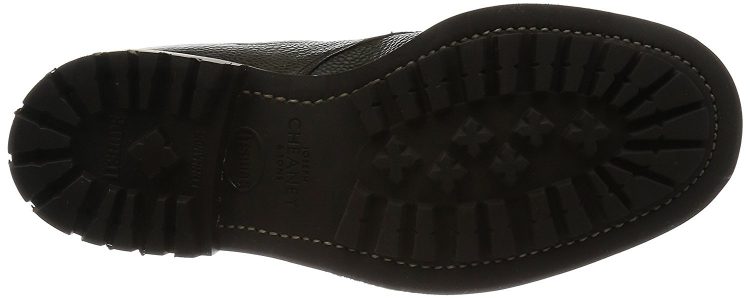
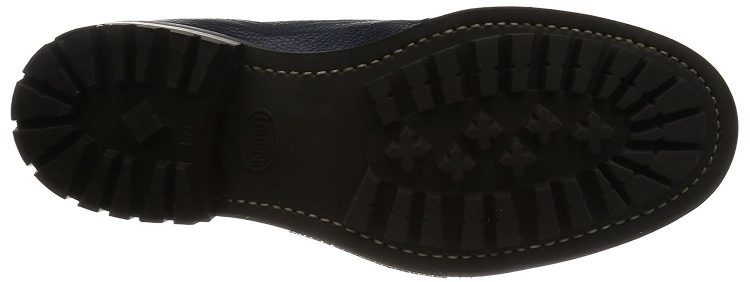
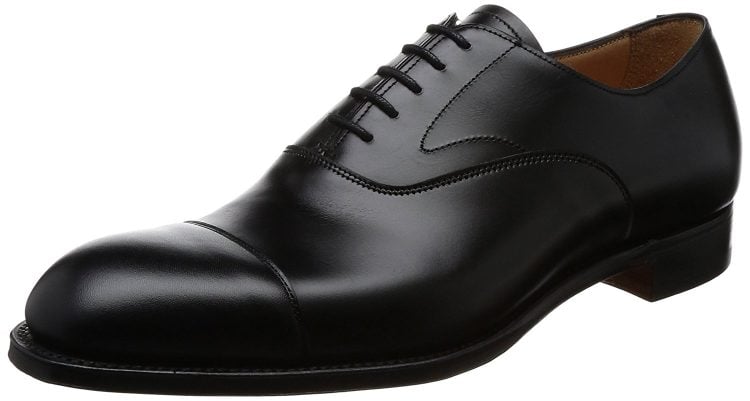
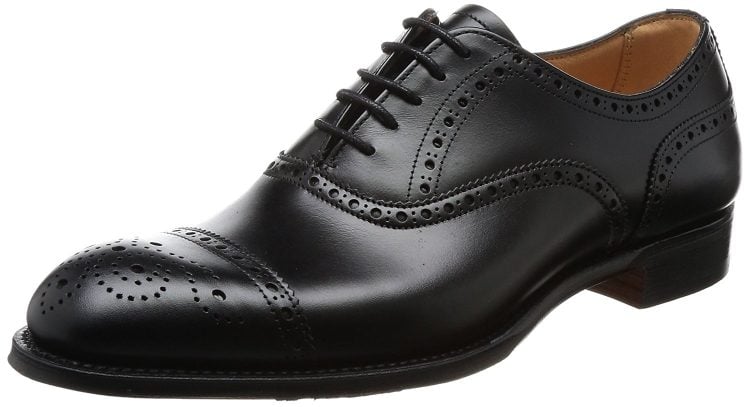
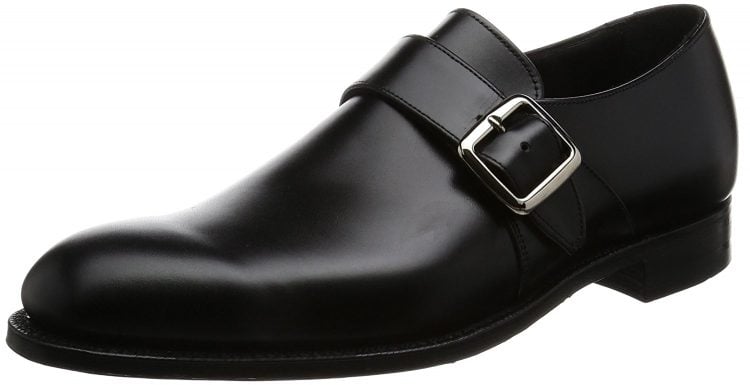
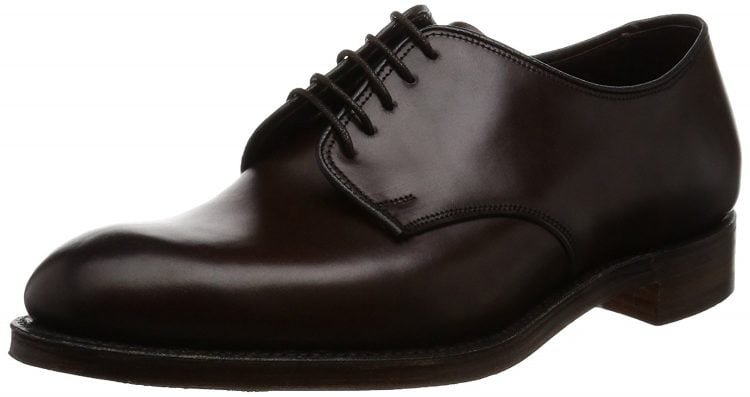
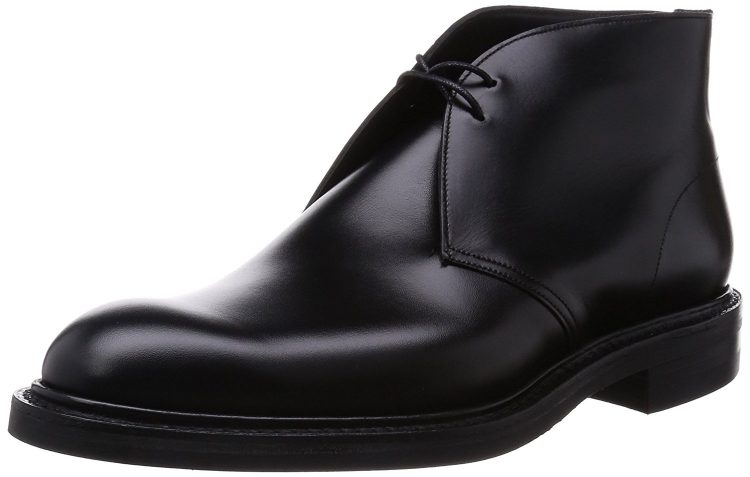
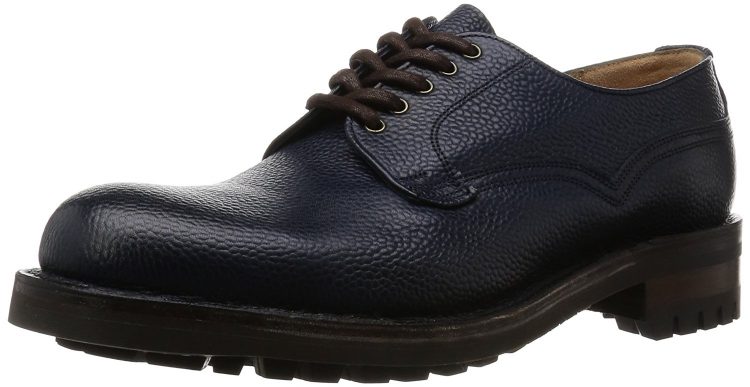
![Leather Shoes for Men [ Brands for Adults by Country ].](https://otokomaeken.com/wp-content/uploads/2015/09/ae46b1f460ee46f789c27b264a6cb421-630x331.jpg)
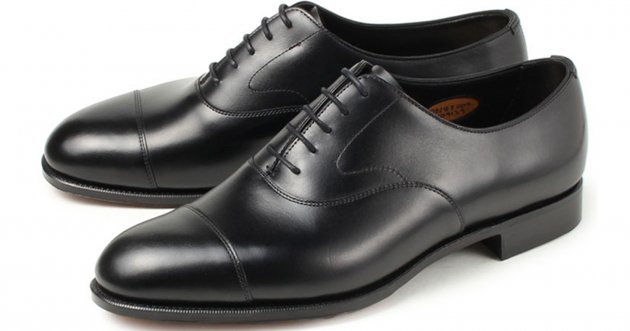
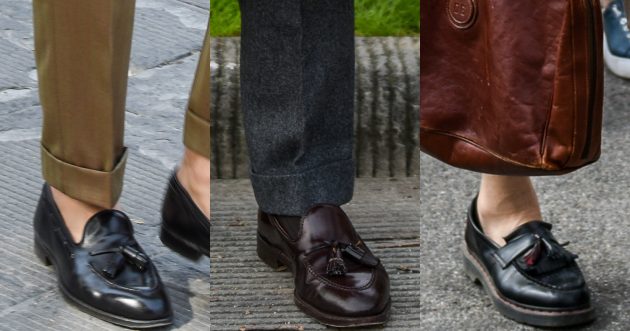
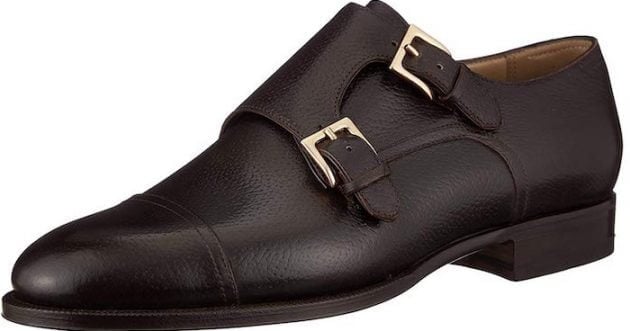
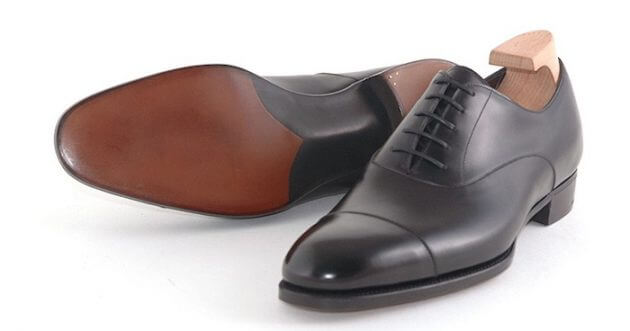
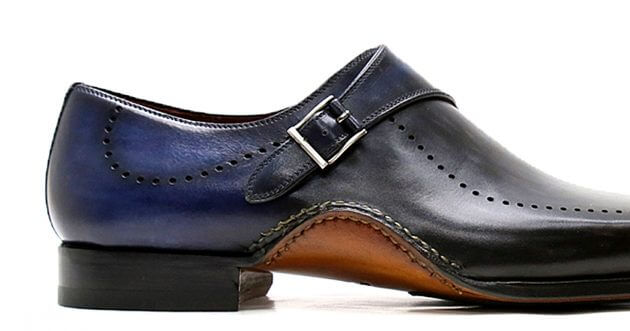
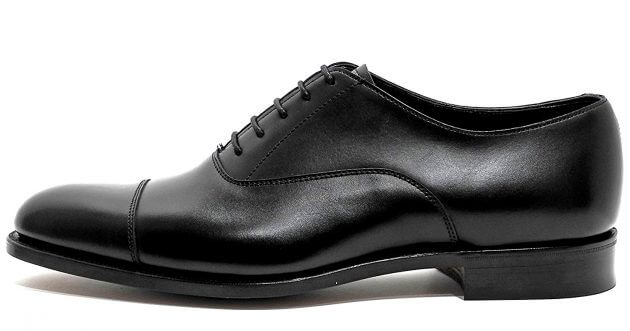
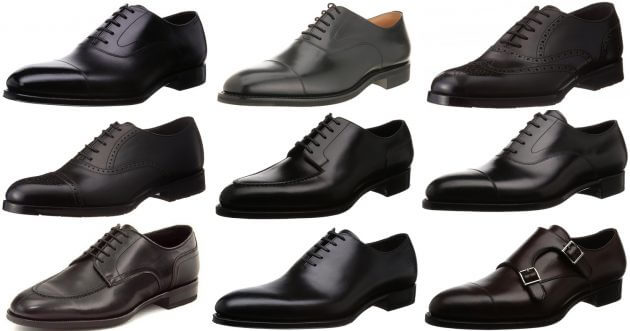
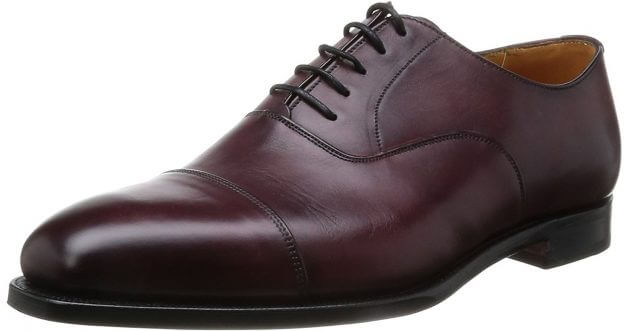
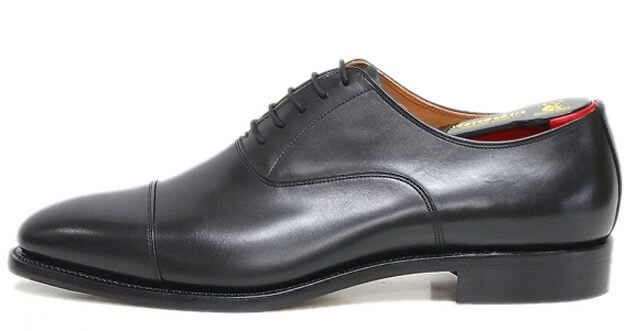
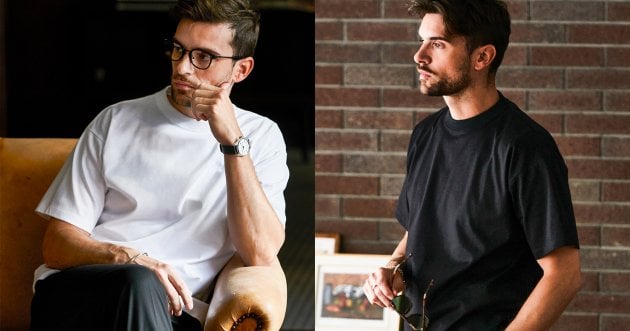
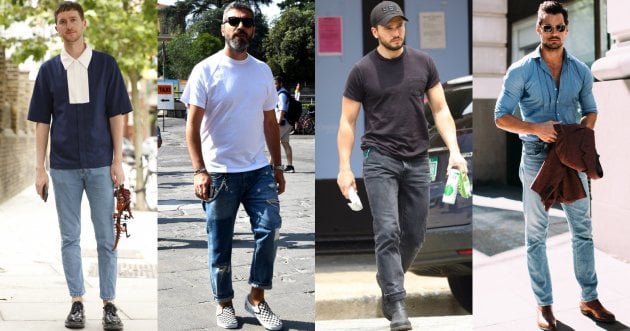
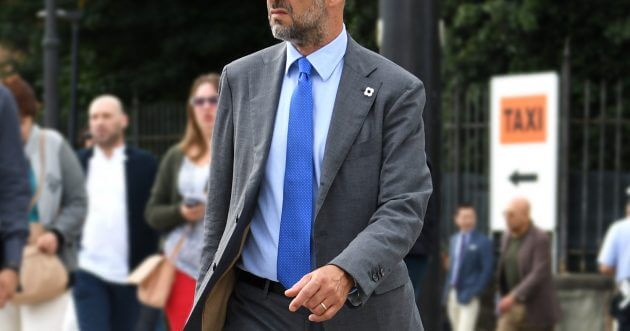
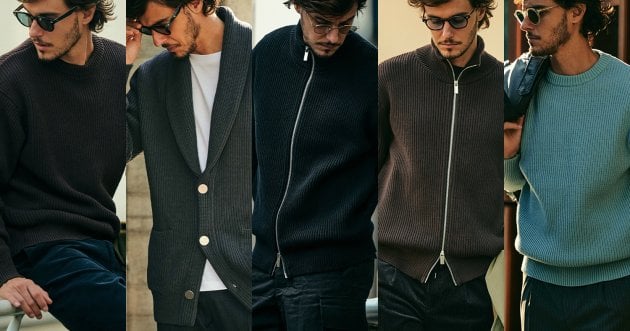
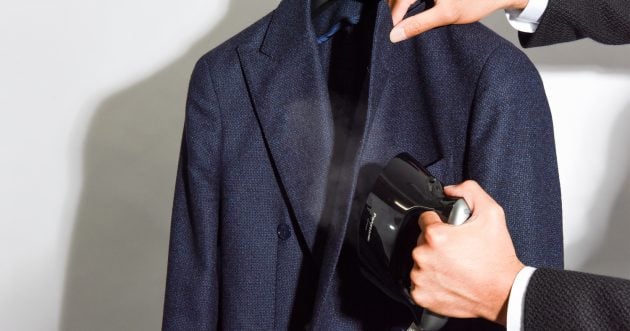
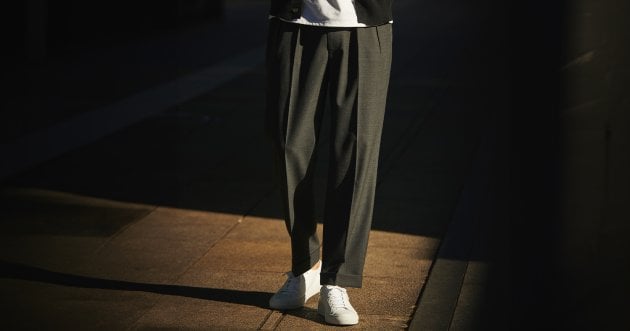





![A roundup of the 65 most popular brands of jeans [ 2024 Denim Latest ].](https://otokomaeken.com/wp-content/uploads/2015/04/777f096a10d40de2a7037fce7da8f708-115x60.jpg)



